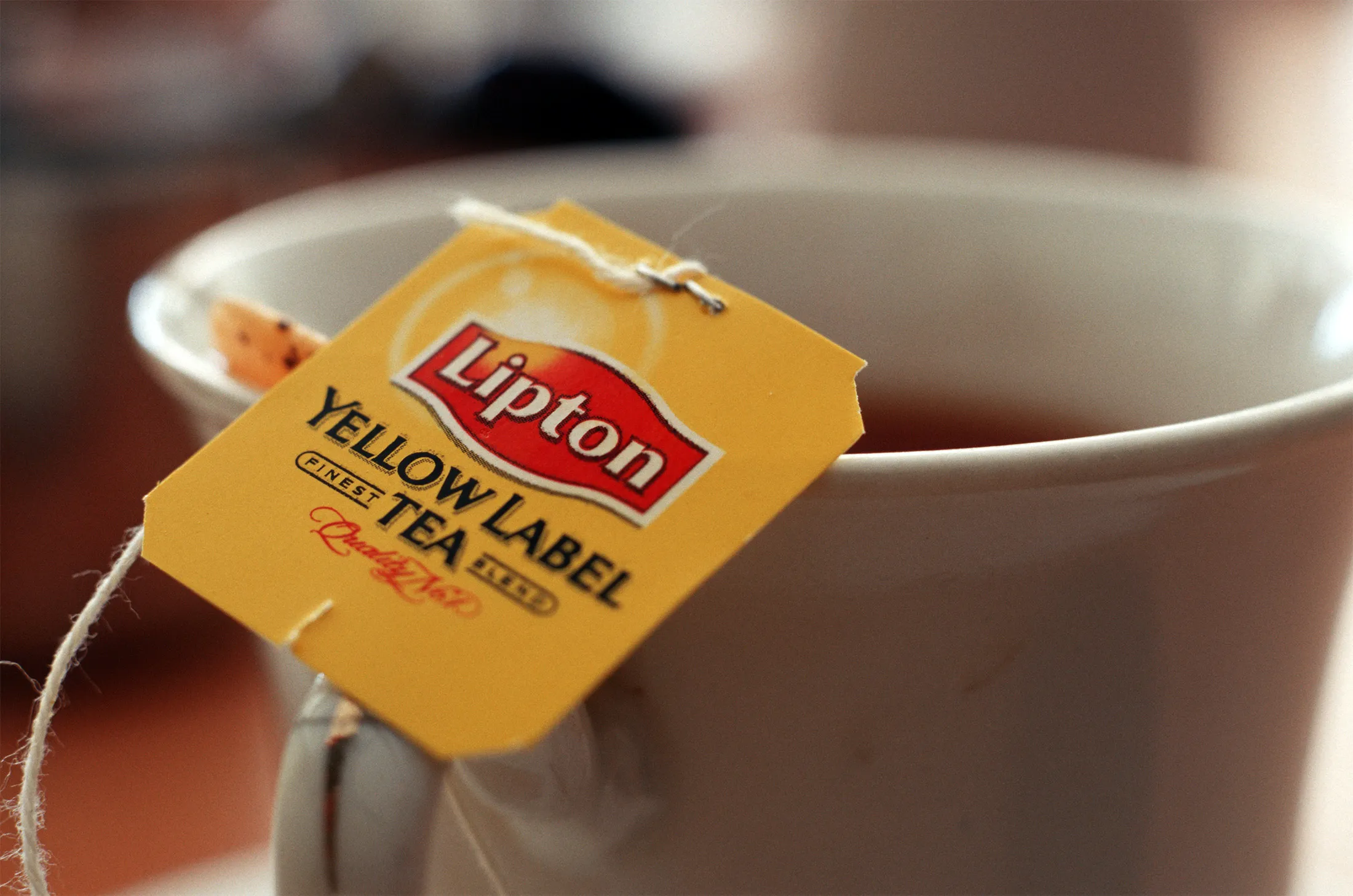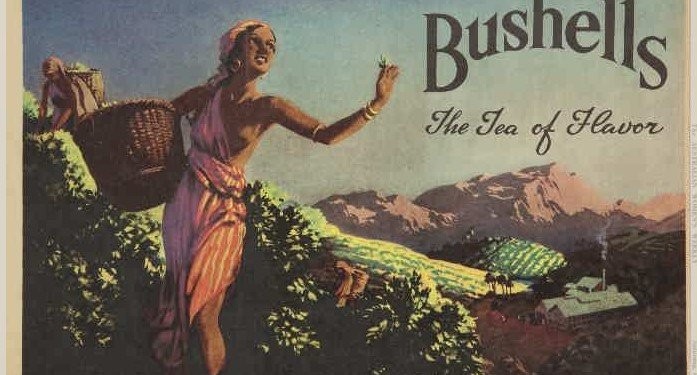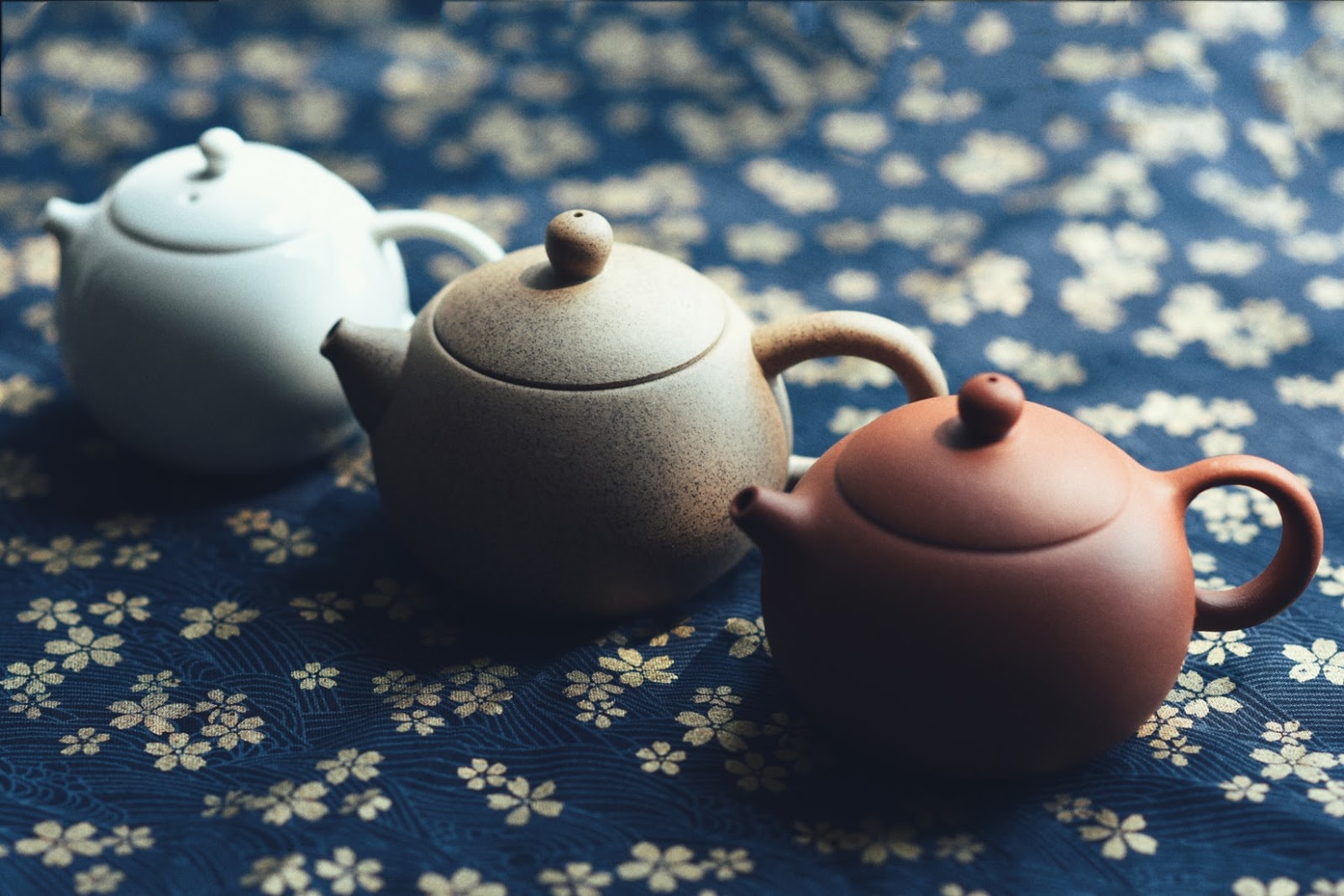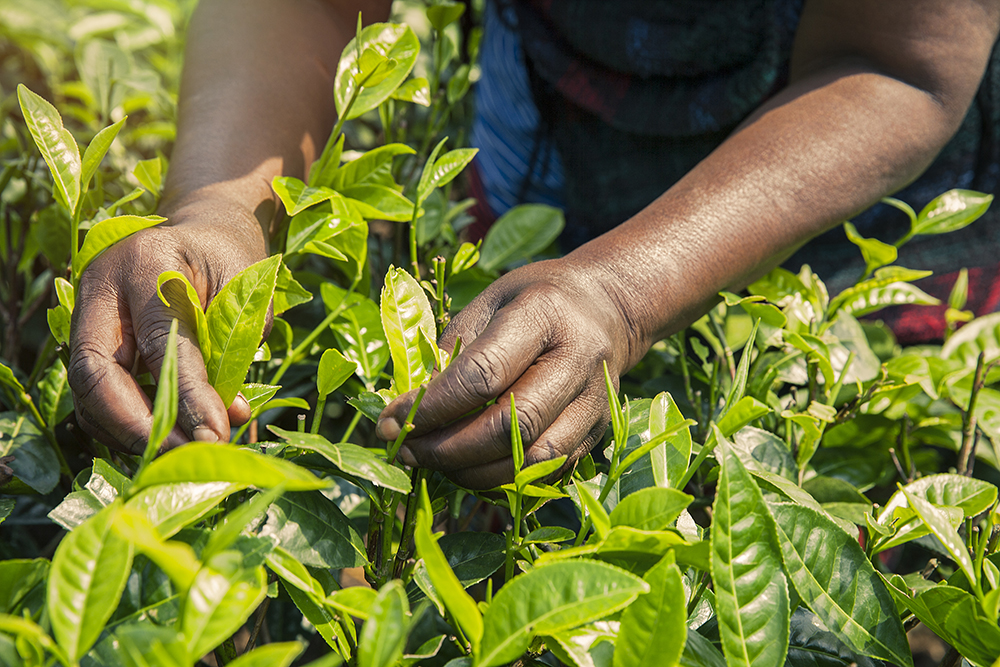From the 60s to the 90s; Lipton’s Growth
Between the 1960s and the 1990s, tea consumption in Australia underwent a significant transformation, reshaping the market entirely. During this time, the once-dominant Bushells lost its longstanding position as the nation’s favorite tea brand, making way for Lipton to take the crown. This shift was fueled by changing consumer preferences, the rise of the tea bag, and the introduction of new players like Twinings.
The Rise of the Tea Bag
At the start of the 1960s, most Australians brewed their tea using loose leaves, spooned into teapots with care. By the late 1990s, the tea bag had become the standard way to prepare a cup of tea. The convenience of tea bags revolutionized tea consumption, and Lipton, backed by the marketing strength of Unilever, capitalized on this shift to dominate the market.
Tea bags were not a new invention—they had been around since 1903 in the United States and entered Australia soon after. However, early versions lacked features like strings, limiting their appeal. By the 1970s, tea bags had evolved into a convenient and tidy solution for busy households, and Lipton led the charge in marketing their benefits.
Lipton’s advertisements highlighted the simplicity and modernity of tea bags, emphasizing their ease of use, lack of mess, and the ability to customize the tea’s strength. One of their most successful campaigns even coined the term “jiggler tea bags,” associating the act of jiggling the bag with the perfect cup of tea. These innovative and catchy campaigns helped tea bags become synonymous with Lipton in the minds of Australian consumers.
Bushells: A Brand Left Behind
Bushells, Australia’s leading tea brand for much of the 20th century, struggled to adapt to the tea bag revolution. While they did introduce their own tea bags, the brand was still strongly associated with loose-leaf tea. This image ultimately hurt them, as loose-leaf tea began to lose favor with the average consumer.
Despite efforts to modernize their marketing, including enlisting John Farnham for advertising jingles, Bushells couldn’t maintain its dominance. By the 1980s, market share data revealed a clear divide: Bushells remained strong in the dwindling loose-leaf segment, while Lipton controlled the burgeoning tea bag market.
Lipton’s Market Dominance
By the late 1990s, Lipton had cemented its position as Australia’s leading tea brand. Tea bags had overtaken loose-leaf tea as the preferred format, and Lipton’s association with this convenient brewing method made it the go-to choice for many Australians. At its peak, Lipton accounted for about half of all tea bag sales in the country.
Unilever’s acquisition of Bushells in the 1970s further consolidated its dominance in the Australian tea market. By owning both Lipton and Bushells, Unilever controlled a significant share of the industry, with additional contributions from its discount brand, Lan-Choo. Despite this, Lipton’s success came at a time when tea consumption in Australia was starting to decline.
The Emergence of Twinings
While Lipton secured the mass market, the 1990s saw the rise of Twinings as a premium tea brand. Twinings, which had been available in specialty stores for decades, began appearing in supermarkets and quickly gained traction among more affluent consumers. Their range of teas, including Earl Grey and English Breakfast, offered an air of sophistication that appealed to a growing niche market.
Twinings distinguished itself with elegant advertising and endorsements from figures like Sam Twining, who likened the brand to “vintage wine” for tea enthusiasts. By 1997, Twinings had overtaken Bushells to become the second most popular tea brand in Australia, carving out a reputation as the choice for discerning tea drinkers.
A Changing Beverage Landscape
As tea bags became the norm, the broader tea market faced competition from coffee. Instant coffee gained popularity in the 1960s and 1970s, providing a quick and easy alternative to tea. By the 1990s, espresso culture had taken hold, fueled by waves of European immigration and the proliferation of cafes in cities and suburbs alike.
Australians increasingly sought to recreate the cafe experience at home, investing in coffee machines and embracing specialty blends. This shift marked a turning point in the nation’s drinking habits, with coffee replacing tea as the beverage of choice for many.
Conclusion
The period from the 1960s to the 1990s was a transformative era for tea in Australia. Lipton’s embrace of the tea bag, coupled with innovative marketing, propelled it to the top of the market. Meanwhile, traditional brands like Bushells struggled to adapt, and new players like Twinings emerged to cater to evolving tastes.
Despite these changes, tea remains a beloved part of Australia’s cultural fabric. However, its dominance as the nation’s favorite beverage has given way to coffee, reflecting broader shifts in consumer preferences and lifestyles. The legacy of this period is a testament





